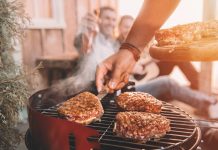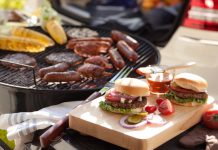Are you going to enjoy the weekend by grilling in the backyard? Make sure you have a plan that includes food safety and fire safety.
Practicing proper food and fire safety principles and procedures are the keys to having a safe weekend full of fun, food, and family time!
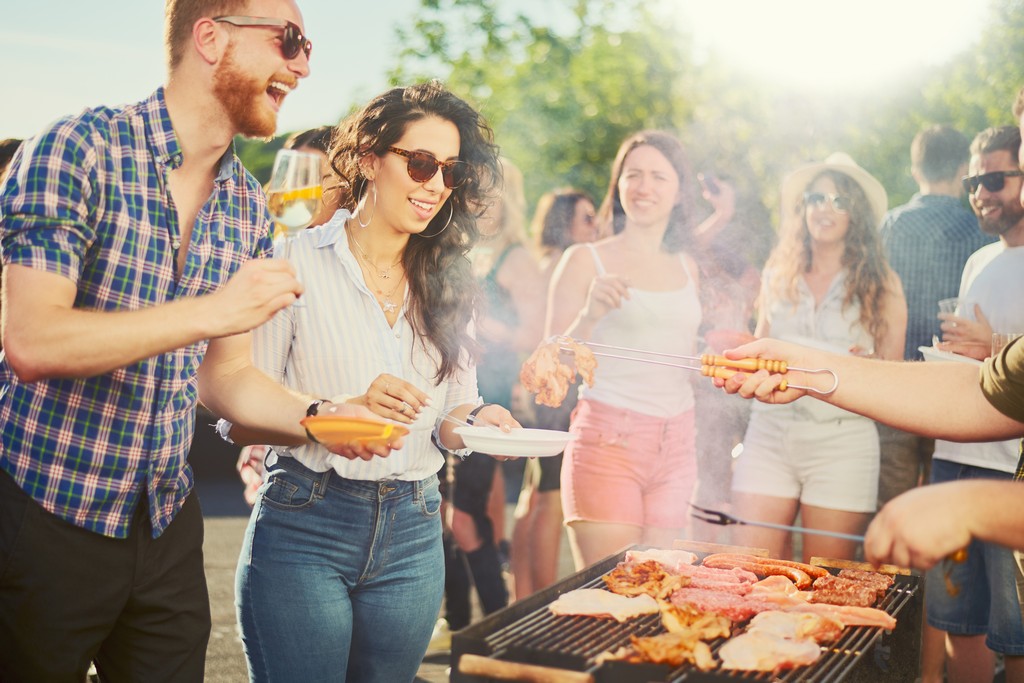


The Temperature Danger Zone
Food illnesses increase during the summer – not only because bacteria multiply faster in warmer temperatures – but preparing food outdoors makes safe food handling more challenging.
One of the critical factors in food safety is controlling temperature. Bacteria grows very slowly below 40°F, multiply rapidly between 40°F and 140°F, and are destroyed above 140°F.
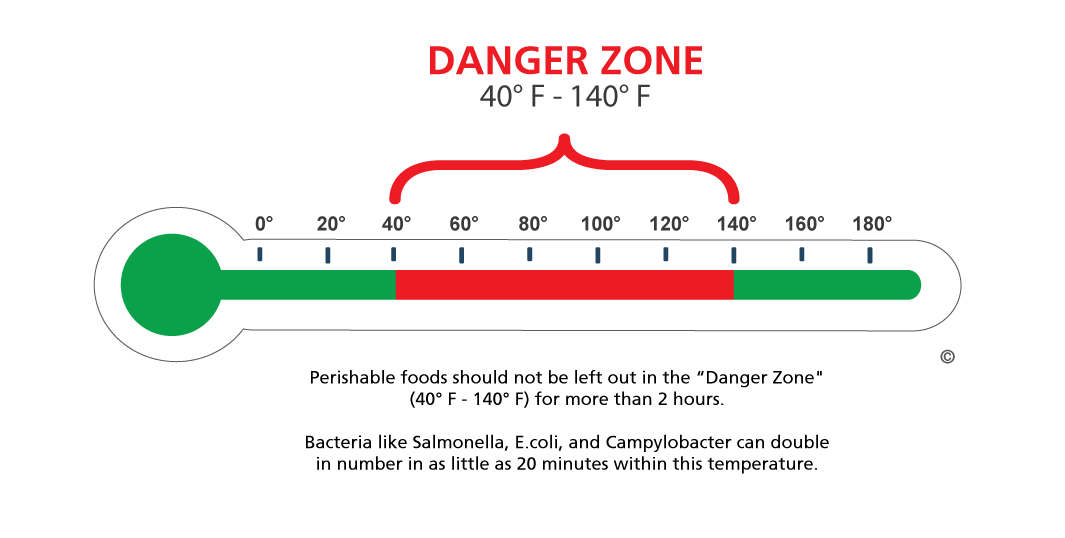


Food Safety Steps: Clean – Separate – Cook – Chill
Food poisoning peaks in the summer months when warmer temperatures cause foodborne germs to flourish. Follow these steps for a safe and enjoyable grilling season:
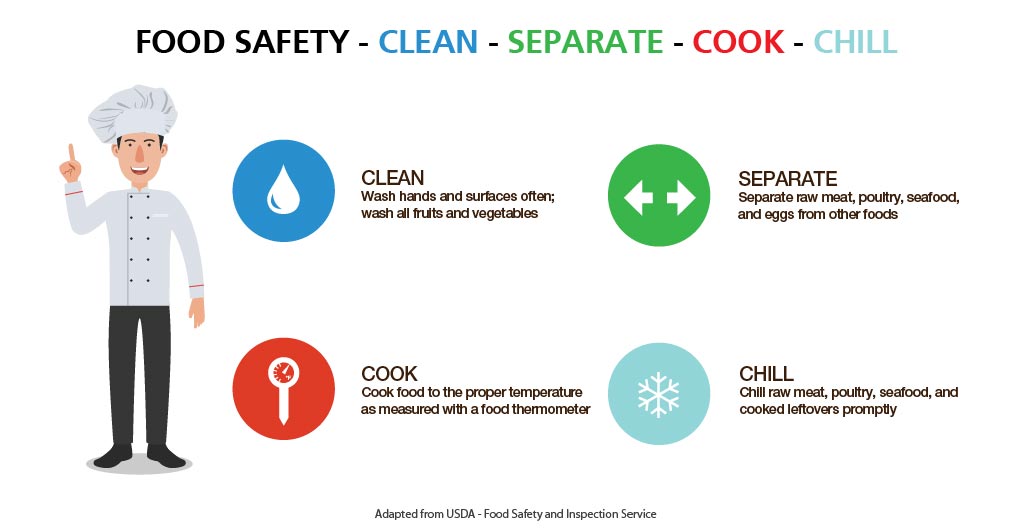


Clean: Make sure to pack clean paper towels, water, and soap for cleaning surfaces and your hands. Disposable moist towelettes also work well.
Separate: Use clean plates. Likewise, don’t put foods eaten raw on the same platter that held raw meat or poultry. Any harmful bacteria present in the raw meat juices could contaminate them.
Cook: Always use a food thermometer to check the internal temperature of burgers, steaks, chicken and foods containing meat, poultry and egg dishes.
- Hamburgers, sausages and other ground meats should reach 160°F (71°C).
- All poultry should reach a minimum temperature of 165°F (74°C).
- Whole cuts of pork, lamb, veal and beef should be cooked to 145°F (63°C) as measured by a food thermometer placed in the thickest part of the meat, and allowed to rest for three minutes before eating.
- Fish should be cooked to 145°F (63°C).
- Cook eggs until yolks are firm, and cook foods containing eggs thoroughly.
Chill: Place leftovers in shallow containers and store them in a cooler immediately. Discard food left in the Danger Zone for more than two hours. When the outside temperature is 90°F or above this time reduces to just one hour.
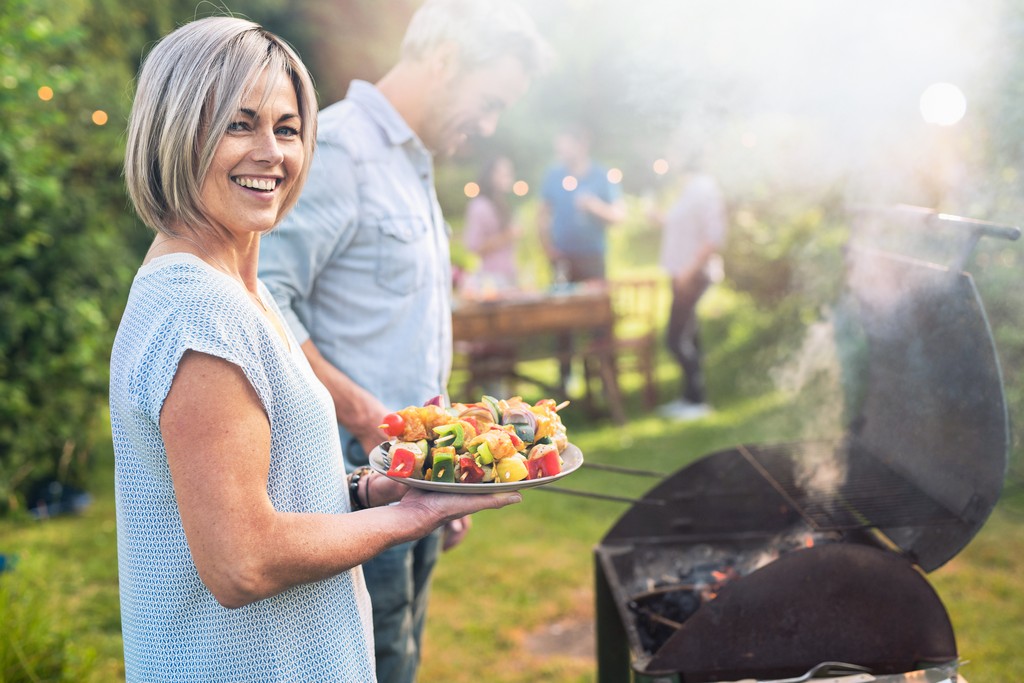


Keys to Successful Grilling
- Fire up the grill early! A preheated grill will reduce the risk of sticking and will burn off remnants of charred food from previous grilling.
- Reduce grill sticking. Brushing the grill with a little oil will help to reduce sticking.
- Controlling heat is key. Most grills have hot and cold spots. You should use the “zones” to your advantage.
- Hot zones are good for searing, charring, preventing food from sticking, and cooking items quickly.
- Cool zones are good for imparting smokey flavor.
- Let food cook. Leave food alone until it releases from the grill. Turning often reduces proper charring and prevents those beautiful grill marks.
- Grill marks with the 2 o’clock–10 o’clock method. Angle the food initially at the 2 o’clock position, then flip and rotate it to the 10 o’clock position – to get a proper char cross hatch.
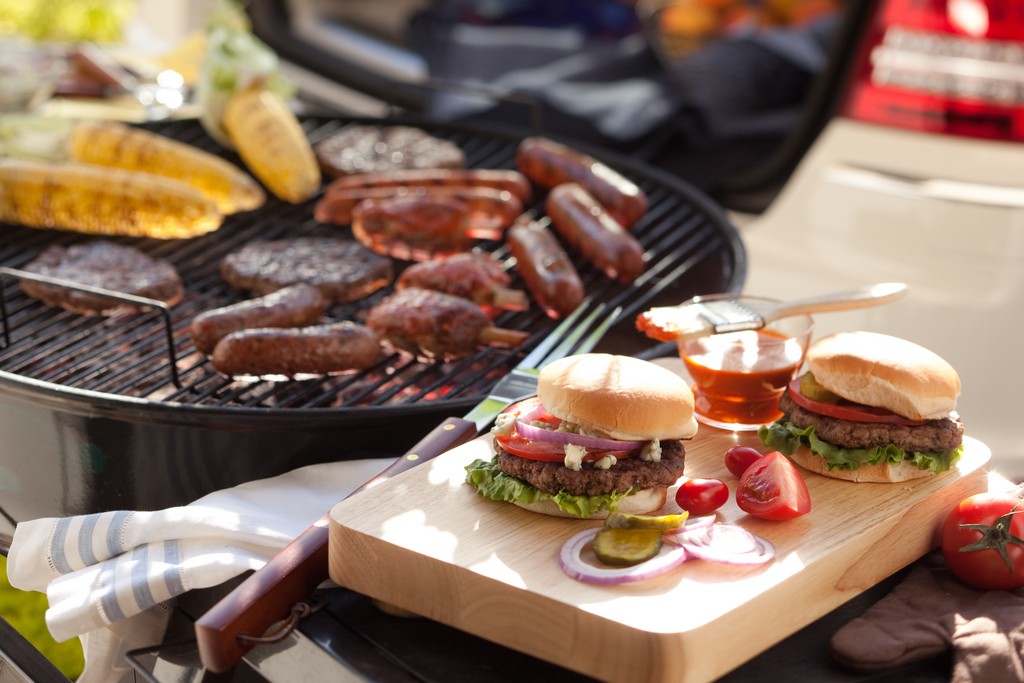


Consider Food Allergies
Taking food allergies and intolerances into consideration is part of being a good host. If guests have any known food allergies, you have to take extra precautions.
Take a look at the ingredients in seasonings, marinades and barbeque sauces. If any of the ingredients seem risky, set aside a tin foil-wrapped portion for the grill intended for anyone with food allergies.
Grilling Fire Safety Tips
- Keep your grill at least three feet from your home, away from pets and kids
- Clean grill after each use. Meat produce a lot of fat, so keeping the grill clean will not only keep your meat tasting better, it will also protect you from the fires that flare up.
- Never use gasoline or any flammable liquid on your grill.
- Both propane and charcoal BBQ grills should only be used outdoors.
The National Fire Protection Association (NFPA) offers grill safely tips to prevent fires:
Summary
Practicing proper food and fire safety principles and procedures is the key to having a safe weekend full of fun, food, and family time!



